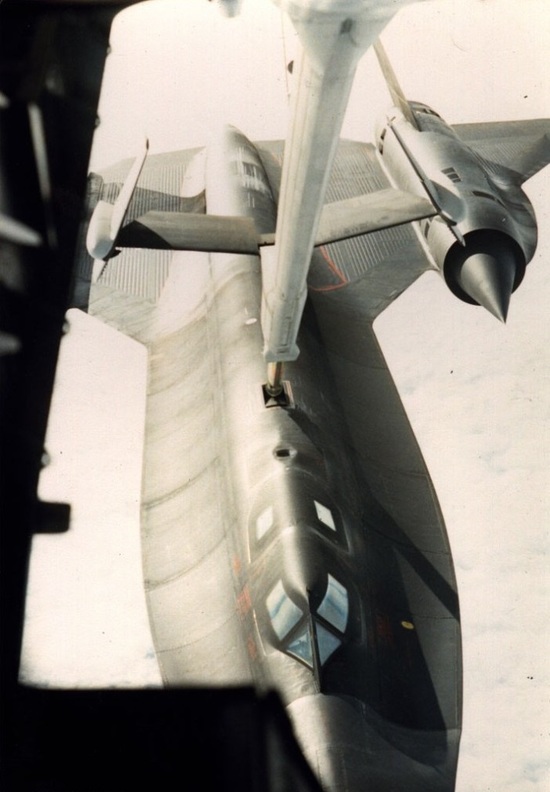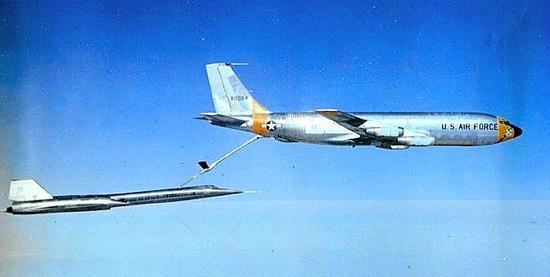The Physics of Heat Management
To produce something as fast as the SR-71
and pretty much any object going at speeds
over Mach 3, repercussions should be kept in
mind. Since we do not live in a friction
less it is inevitable that we experience its
effects. As the speed of something
increases, so too does the heat created by
it. In cases such as that of the Blackbird,
the heat can go up to temperatures where
normal metals would melt which would be very
problematic. In order to survive those high
temperatures, the plane was made 85%
titanium. The engineers also made sure that
the fitting of the parts created were very
loose because the plan is for the titanium
to expand while reaching the fast speeds
that the Blackbird was made for. It is to be
noted that in land and in lower
temperatures, the Blackbird leaks
fuel because of the loose fitting.
This is both a blessing and a curse as the
leaking fuel also acts as a coolant in the
aircraft's heat sink. The curse part is that
every time the plane is deployed, it
had to go straight to a tanker to
refuel and reach its target destination and
execute its mission. Aside from the
specially made skin of the aircraft, a
fuel that would not explode while
experiencing intense heat was also needed. A
special fuel dubbed JP-7 was created, it had
a very high flash point was very hard to
break down. The only way to light up the
fuel is with triethylborane.
Blackbird leaks
fuel because of the loose fitting.
This is both a blessing and a curse as the
leaking fuel also acts as a coolant in the
aircraft's heat sink. The curse part is that
every time the plane is deployed, it
had to go straight to a tanker to
refuel and reach its target destination and
execute its mission. Aside from the
specially made skin of the aircraft, a
fuel that would not explode while
experiencing intense heat was also needed. A
special fuel dubbed JP-7 was created, it had
a very high flash point was very hard to
break down. The only way to light up the
fuel is with triethylborane.
The photographs below and to the right shows
two SR-71s that are getting refueled.

photo from
http://www.dailykos.com/story/2015/1/18/1357883/-Speed-of-Heat-SR-71-Blackbird
photo from
http://www.dailykos.com/story/2015/1/18/1357883/-Speed-of-Heat-SR-71-Blackbird